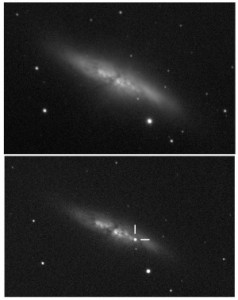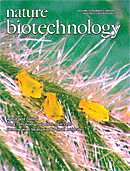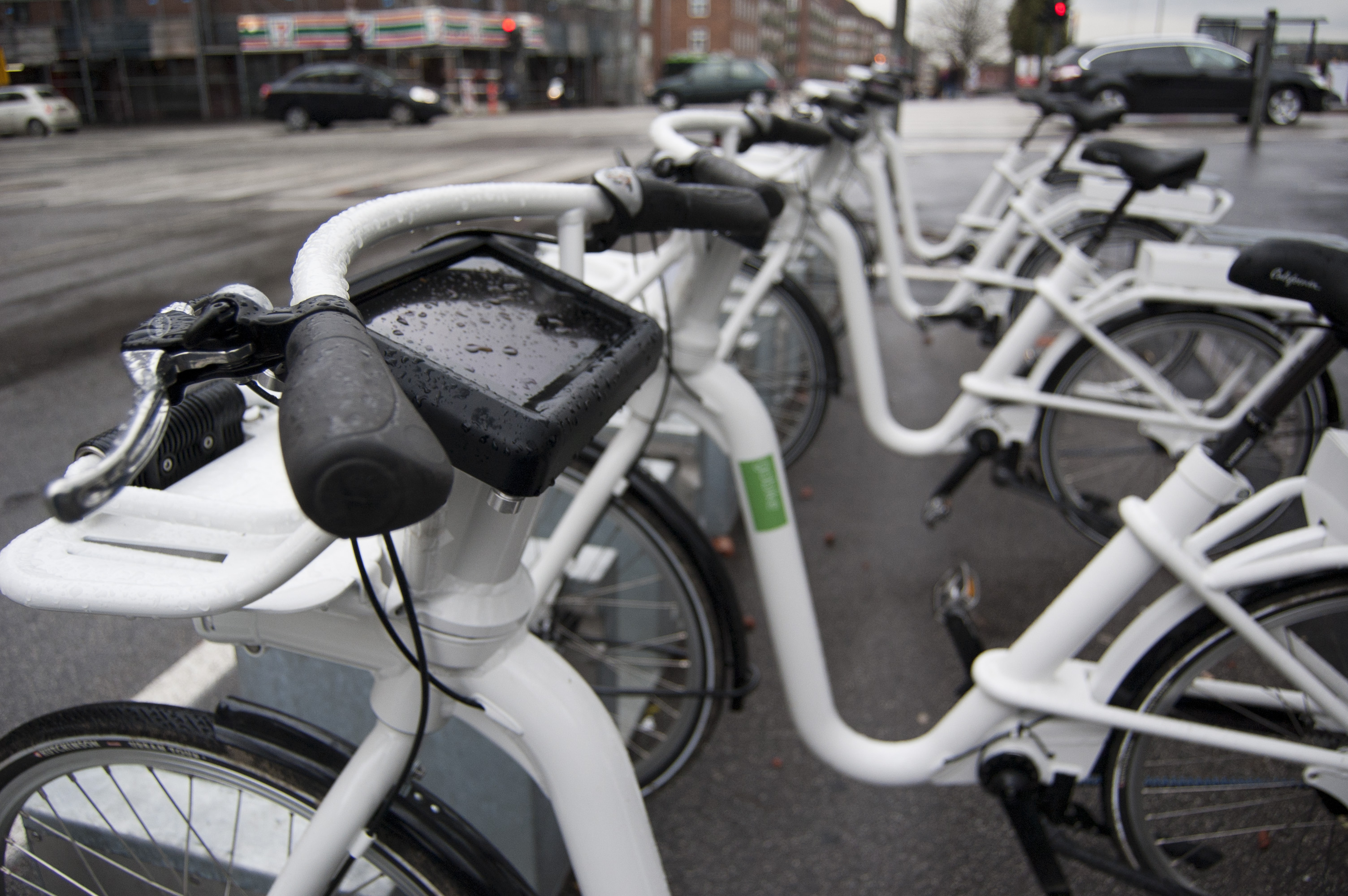MADRID—A Spanish HIV/AIDS researcher is facing a hefty fine for violating clinical trial regulations. A court of appeals has upheld most of a lower court’s verdict against Vicente Soriano, a physician at the Hospital Carlos III here and a well-known clinical researcher with hundreds of publications to his name. Continue reading Spanish HIV Researcher Faces €210,000 Fine Over Unauthorized Clinical Trial
All posts by LL
Supernova erupts in nearby galaxy

Last night, light from a new supernova reached astronomers on Earth. Its origin: the nearby galaxy M82, some 3.5 megaparsecs away (11.4 million light years). It is one of the closest and brightest supernovae seen from Earth since a monster exploded in 1987 just 168,000 light years away. Astronomers say that the latest supernova is of the type 1a class, and may help reveal how such supernovae form. Moreover, because these supernovae are used as cosmic measuring sticks, understanding them better may help clarify the shape of the Universe.
Copenhagen Pioneers Smart Electric-Bike Sharing
Copenhagen, the city that popularized bike sharing in the 1990s, is replacing its coin-operated clunkers with electric motor–assisted bicycles with their own touch-screen instrument panels. The bikes, which the city beta-tested this past September and October, house motors that can provide up to 450 watts of power from a battery pack that’s rechargeable at dozens of docking stations around the city. But all that power may be too much of a good thing.
Beta testers last month “got very good at keeping [their] momentum to where the engine does most of the work,” reports Niklas Marschall, CEO of Cykel DK, the program’s operator. That was the first lesson Cykel DK learned: Riders will go to great lengths to avoid exerting themselves. Continue reading Copenhagen Pioneers Smart Electric-Bike Sharing
Millionaire’s gift to San Diego
 Businessman and philanthropist T. Denny Sanford committed $100 million this November to create a stem cell center at the University of California in San Diego (UCSD). The Sanford Stem Cell Clinical Center will be directed by Lawrence Goldstein, who already directs UCSD’s stem cell research and the existing Sanford Consortium for Regenerative Medicine. “The goal is very straightforward,” Goldstein says, “and that is to accelerate the development of stem cell–based therapies for patients with intractable diseases.” Continue reading Millionaire’s gift to San Diego
Businessman and philanthropist T. Denny Sanford committed $100 million this November to create a stem cell center at the University of California in San Diego (UCSD). The Sanford Stem Cell Clinical Center will be directed by Lawrence Goldstein, who already directs UCSD’s stem cell research and the existing Sanford Consortium for Regenerative Medicine. “The goal is very straightforward,” Goldstein says, “and that is to accelerate the development of stem cell–based therapies for patients with intractable diseases.” Continue reading Millionaire’s gift to San Diego
